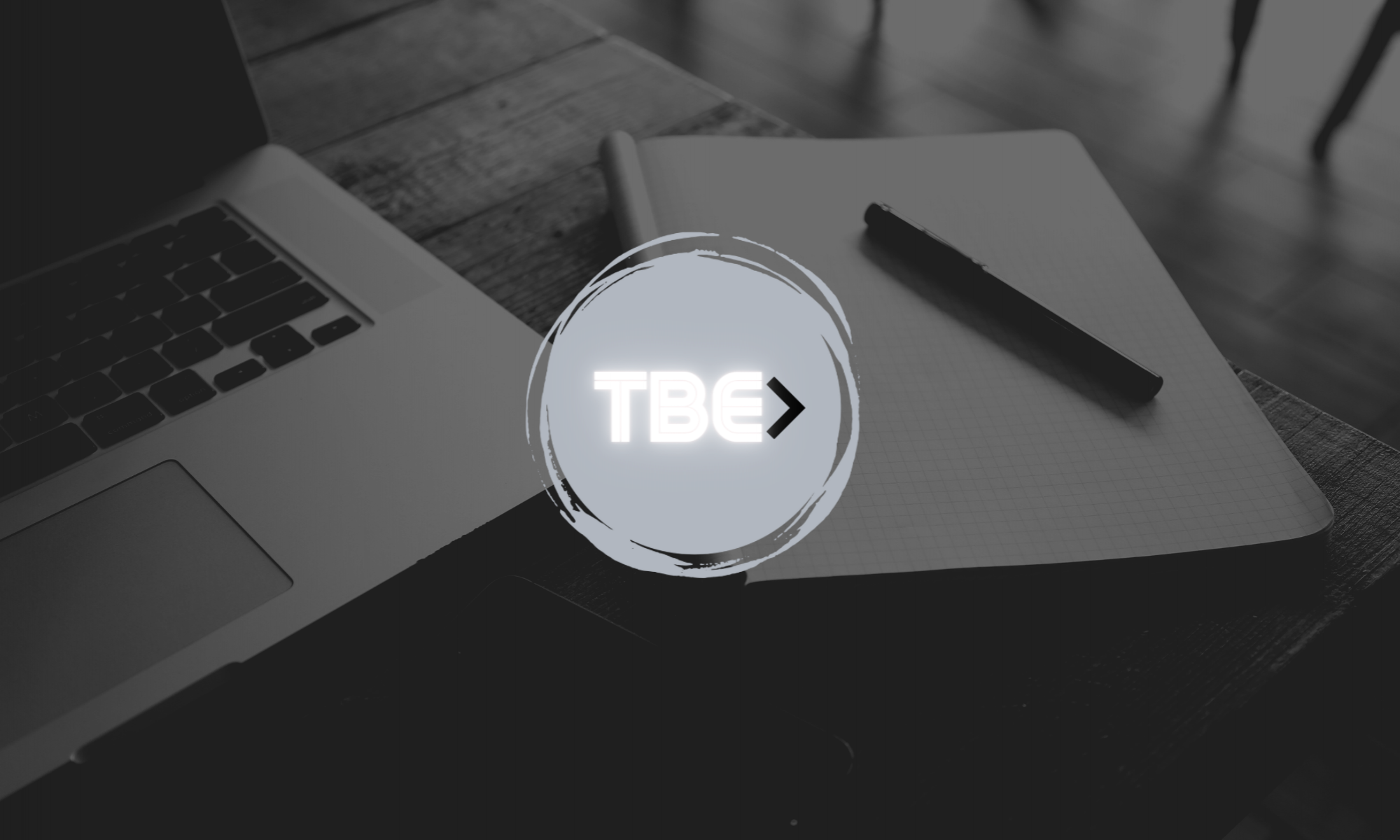The non-fungible token (NFT) market has grown significantly, with total spending on NFTs reaching $12.6 billion, up from just $162.4 million at the beginning of the year and predicted to rise much further in 2022. Everyone, from individuals to well-known corporations, is talking about starting their own NFTs. But not all NFTs are equal; some are incredibly precious, while others are worthless.
Hefty gas fees may make it impossible to use Ethereum to generate, buy, or sell the vast majority of NFTs. Most investors and developers will try to resell their NFTs for a profit on secondary markets to cover these costs. However, it appears that there are other methods to earn from NFTs besides selling them for a considerably higher price than you paid or generated. Discover in 2022 how to generate money with NFTs by reading this piece.
What are NFTs?
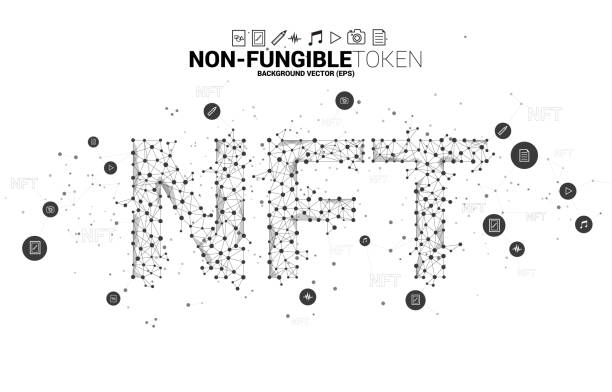
For those unfamiliar, NFT stands for “non-fungible token,” which means that there’s a unique and non-repeatable digital token recorded on a digital ledger that appears to be employing blockchain technology to construct a proof of ownership hidden within these eccentric pieces of art. NFTs are digital collectibles with a monetary value, similar to actual art.
NFTs resemble digital currencies like bitcoin and Ethereum in many ways. The term “non-fungible” refers to the fact that an NFT is unique and cannot be swapped like-for-like with any other NFT. Data in the file goes beyond currencies and into the realm of, well, everything.
Photographs, art, films, music, tweets, and even memes, all of which may be easily replicated digitally, can be preserved as a non-functional copy (NFT) to identify the original copy. Any unique item with monetary worth that can be digitally saved can be used to create NFTs. The only difference is that you’re paying for a digital file and proof that you own an original copy rather than a tangible object, like an artwork or a vintage action figure.
What Are The Steps Involved In Creating An NFT?
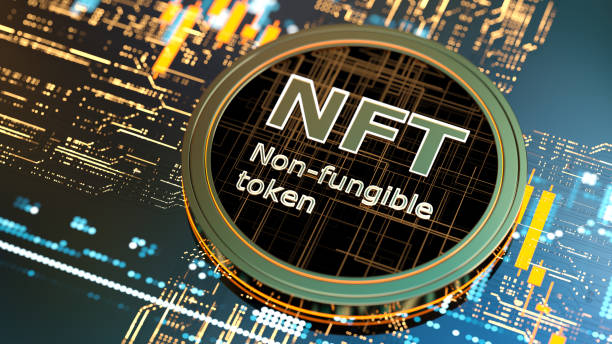
With the help of online resources, it’s possible to create an NFT without difficulty. NFTs are created and supported on a specific blockchain, with Ethereum NFT being one of the most popular. For their development, Flow, Binance, and Ethereum are frequently used. To make a transaction, you’ll need an Ethereum wallet and some form of cryptocurrency. The sale of NFTs for fiat money or cryptocurrency can be documented on a blockchain using smart contracts.
How to Make Money in 2022 using NFT
If you’ve ever wondered how people make a living using NFTs, you’ll be relieved to find that there are several possibilities available. Take a look at these tried-and-true strategies.
1. Fashion NFTs Earnings
In the same way that artwork prevents counterfeits, NFTs address the issue of authenticity. There are a growing number of clothing and fashion brands taking advantage of the NFT trend by generating digital limited editions based on iconic celebrity or design signatures. The establishment of an NFT market for clothing and accessories by fashion and clothing companies can potentially benefit NFT development. People can make unlimited money with NFTs in a safe and secure environment.
2. Rental of NFTs
NFT cards can be borrowed in several card trading games to boost their chances of winning. One approach to generating passive revenue is to rent out your NFTs, especially the most popular ones. The parameters of the agreement between the two parties involved are managed by smart contracts as intended. Therefore, customers can select the length of their rental agreement and the fee they pay for NFT leasing.
It is an excellent example of a platform for renting or lending NFTs. Using this, lenders can set maximum borrowing periods and daily rates that currently range from 0.002 WETH to 2 WETH.
3. Profiting from NFT Royalties
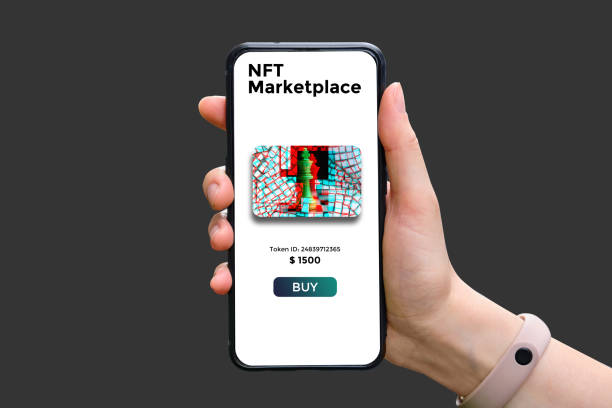
Thanks to NFT technology, it is possible for NFT creators to set conditions that impose royalty payments whenever their NFTs are sold on the secondary market, allowing them to do so. To put it another way, artists who sell their works to collectors can profit from the sale of their work.
It’s important to note that the authors typically specify all of these predefined percentages when they mint the NFTs. Self-executing software programs, known as “smart contracts,” are used to implement business agreements and govern royalties’ allocation. You won’t have to worry about royalty payments or enforcing your conditions as a creator because the procedure is automated.
4. NFT Staking
The ability to stake NFTs is one of the advantages of the link between NFTs and DeFi protocols. If you want to start making money from your DeFi framework smart contract, you must stake your digital material or “lock it away.”
Some platforms enable you to use any NFT, whereas others require you to pay native NFTs to obtain staking token rewards.
5. Earn Nfts By Providing Liquidity
NFTs and the DeFi infrastructure are presently being integrated, making it possible to provide liquidity and get NFTs in exchange to establish your presence in a specific liquidity pool.
For example, on Uniswap V3, the automated market maker (AMM) will issue an ERC-721 token, usually known as LP-NFT, to reflect your share of the total amount locked in the pool whenever you provide liquidity. The NFT is engraved with the token pair you inserted, the token symbols, and the pool’s address. Selling this NFT would allow you to remove yourself from the liquidity pool immediately.
NFTs’ Future
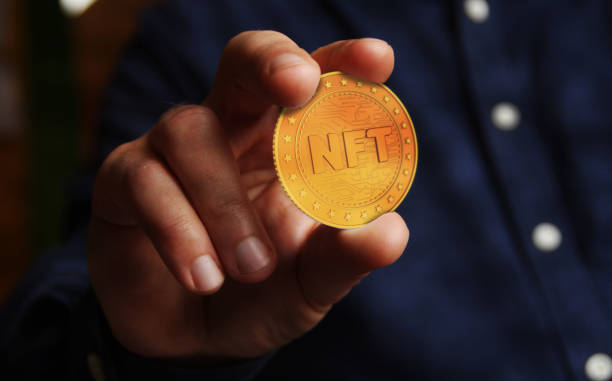
A new fad in the cryptocurrency market appears to be Non-Fungible Tokens. There are several uses for NFT technology, but its full potential has only recently been realized.
It appears as though the NFT gold rush is just getting started, as an increasing number of individuals and organizations agree to participate in the Non-Fungible Token ecosystem. Even the most renowned NFTs are still simple photographs. The market is still undervalued; the actual explosion in NFT popularity may not occur until complex Non-Fungible Tokens that entirely use the latest technology become increasingly popular.
But keep in mind that NFTs and the underlying smart contract technologies are just beginning to take shape. It’s not surprising, then, that many of the apps described here are still in their infancy. As a result, before putting any of the suggestions above into action, make sure you’ve done your homework and understand the risks.
